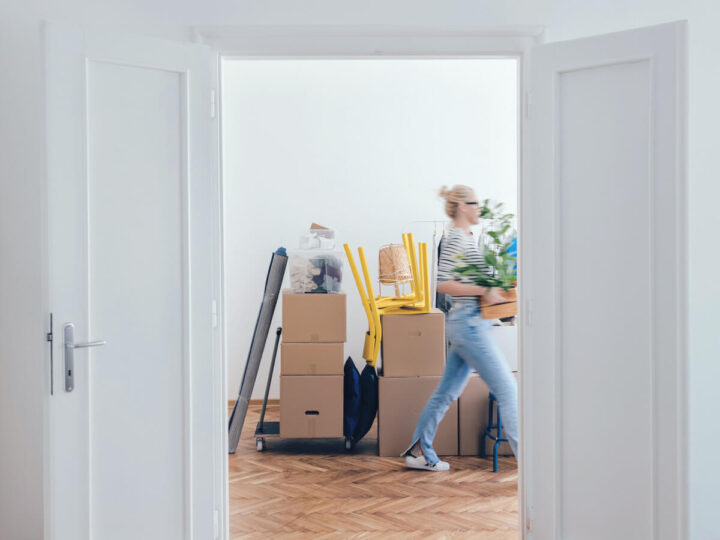September 28th, 2022
4 ways to make your rental property feel like your home
Tips & How to's
Tips & How to's

It’s no secret that the property market in Australia has been red hot over the past 12 months. With housing prices and the cost of living in general on the rise, many Australians are looking to tighten the purse strings, and are considering moving to more affordable and practical housing options. Covid-19 has also contributed to a rise in house moves, with many people looking for a lifestyle change, such as a move to a quieter enviornment or to be closer to family members and loved ones.
Whatever the reason for your move, it is important to carefully consider all costs associated with moving house, including the hidden costs, so your move can be as stress free as possible.
Continue reading to take a look at the true costs associated with moving properties in 2022.
Firstly, it’s important to note that moving houses is a very personal decision and is a decision that many Australians consider each and every day. In 2019-2020 the Australian Bureau of Statistics reported that 1.14 million households, or 12% of total households in Australia moved at least once within the 12 month period.
Some of the factors considered when deciding if it is time to move house include;
There is no right or wrong time to move house and a move must be what is required to suit you and your families’ individual circumstances and budget.
Once you’ve made the decision to move, it’s important to know what to budget for in terms of costs. Regardless of whether you’re a tenant moving from one rental to another or a home buyer moving into your very first home, there are many unavoidable costs that need to be accounted for.
ING’s Cost of Moving Home Report alarmingly found that 50% of more than 600 home buyers surveyed had not budgeted for all costs associated with moving. This lack of planning can lead to increased stress at an already stressful time, so should certainly be avoided.
Some of the most common costs of moving home include;
Should you choose to hire professional removalists to assist with your move, you can expect to pay an hourly rate for this service, with rates depending on state and location. For example, a removalist in the city is likely cheaper than a regional or rural based removalist due to location and competition within the market.
Other factors that can influence the calculation of moving costs are;
Unfortunately, the removalist industry is unregulated in Australia, which leaves tenants and home buyers open to the possibility of encountering rogue or scam traders. When it comes to paying for your move, it’s important to engage the services of a reputable company, that has relevant insurance in place to protect you and your belongings.
In terms of when you should pay a removalist, it is common practice for removalists to require a deposit. This will ensure that your move date is secured, with the balance of funds due once the move is complete.
Professional removalists will also always have you sign a written agreement that outlines the details of the move and the payment terms required. This agreement or contract will provide full details of the terms and conditions you agree to, as well as providing specific details of what is and is not insured through the moving process. Avoid removalists who request full upfront payment.
As many individual factors determine the costs associated with moving house, it’s impossible to provide an accurate average figure. However, Katie Gardner from Best Related Transport outlined that the average hourly rate for a removalist is $130-$160 on a weekday and $140-$200 on a weekend.
If you are looking at an interstate move where an hourly rate may not be appropriate in terms of a calculation of cost, tenants and home buyers can expect to pay anywhere between $5,000-$10,500 for a Melbourne to Brisbane move.
If the costs of moving house seem unaffordable there are several things you can do to save money, such as moving in with a roommate to share costs or engaging the help of friends and family members to help pack and transport your goods.
Whilst it is important to keep in mind that your friends and family are not professional removalists, utilising free assistance is certainly worthy of consideration, particularly if you have a limited budget for your move.
With the average Australian, according to a poll by FiveThirtyEight moving 11.4 times in their lifetime, it’s important to ensure you consider all of the costs associated with a move and budget accordingly. This will ensure your next move is fast, easy and hassle free!